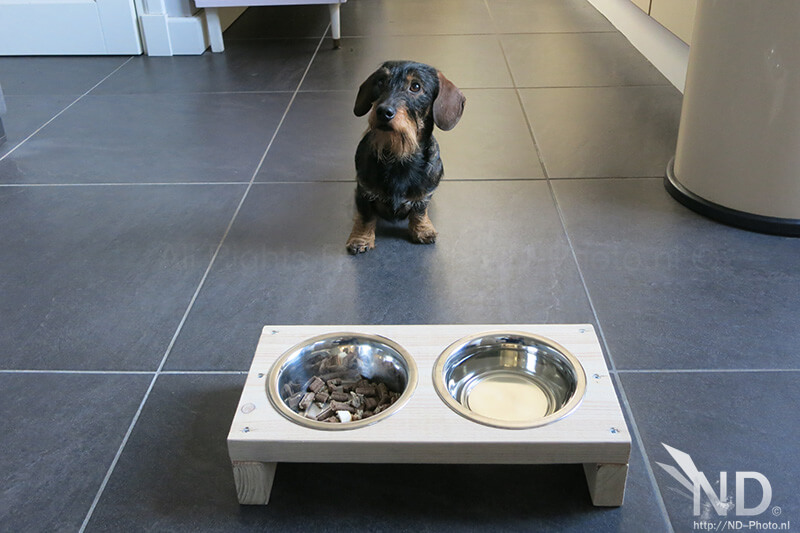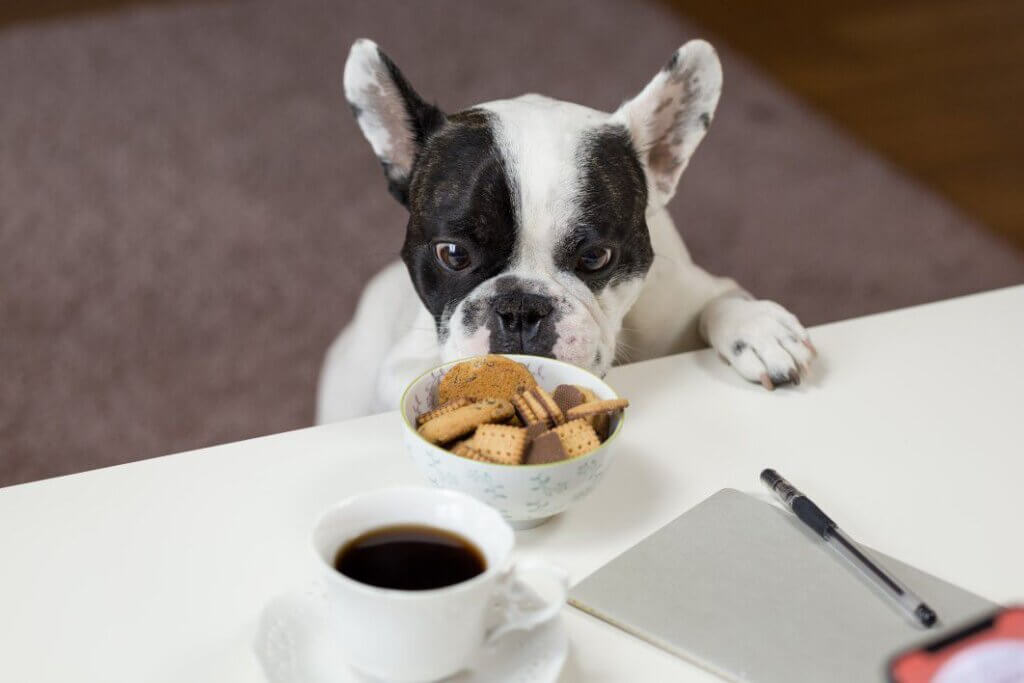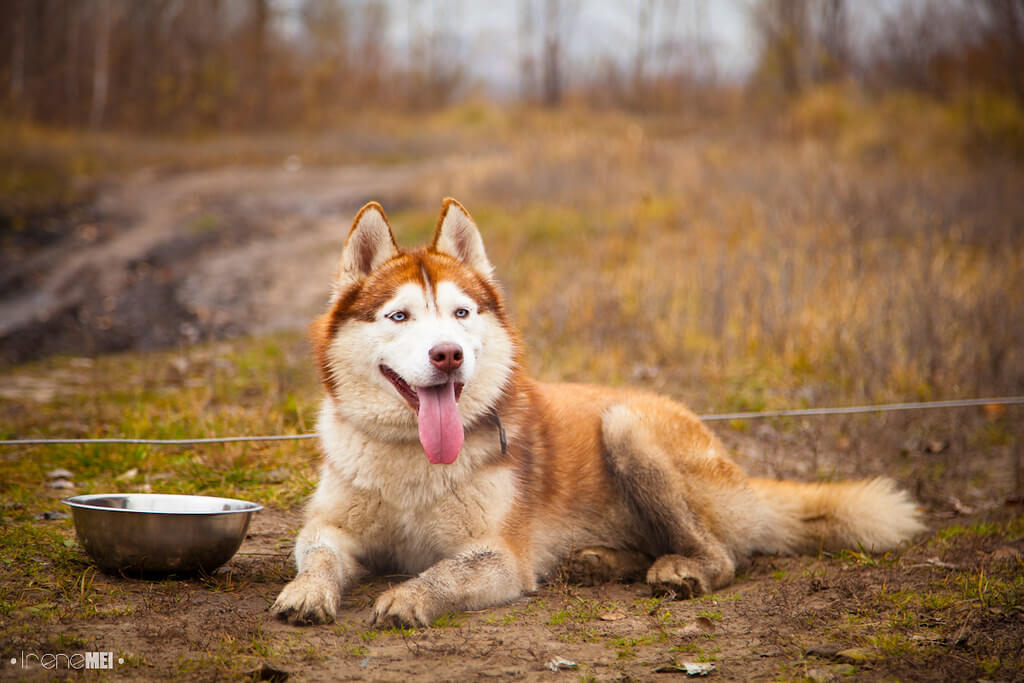How Much Does Cup of Dog Food Weigh
Understanding how much cup of dog food weighs is crucial for maintaining your pet’s health. Accurate measurements ensure your dog receives the right amount of nutrients and calories, helping avoid overfeeding and underfeeding. Knowing the precise weight of dog food allows pet owners to follow feeding guidelines accurately, which is essential for managing a dog’s diet and overall well-being.
Knowing how much a cup of dog food weighs can make a significant difference for pet owners and those responsible for managing dog nutrition. This knowledge helps maintain a consistent feeding routine, avoid Obesity, and ensure your dog receives nutrients. This knowledge is especially important for puppies, senior dogs, and those with specific dietary needs.
In this blog, we will cover the importance of accurate dog food measurements, the factors that affect the weight of dog food, and practical tips for measuring dog food correctly. We will also delve into how different types of dog food and brands can vary in weight. By the end of this guide, You will comprehend the subject matter well and be equipped with the knowledge to manage your dog’s diet more effectively.
Understanding Dog Food Measurements

The Importance of Accurate Measurements
Precise measurements are crucial for maintaining a dog’s health. To maintain good health, dogs require an active, balanced diet, just like people. Giving your dog the recommended serving size ensures they get the right nutrients and calories. Overfeeding can lead to Obesity, which is connected to several medical disorders, such as diabetes, heart disease, and joint problems. On the other hand, underfeeding can result in malnutrition, lack of energy, and poor overall health.
Incorrect measurements can significantly affect a dog’s diet. If you overestimate, your dog may gain excess weight, leading to Obesity and related health problems. If you underestimate, your dog might not receive enough nutrients, affecting their growth, energy levels, and overall well-being. Therefore, ensuring your dog receives the correct portion size is essential for their health.
Standard Units of Measurement in Pet Food
Common measurements used in pet food include cups, grams, and ounces. Each unit has its use, depending on what is being measured and personal preference.
- Cups are the most common household measure, especially for dry dog food. They’re easy to use but can vary in accuracy depending on how the food is packed into the cup.
- Grams: A precise unit of measurement used worldwide. Using grams ensures accuracy and consistency, which is crucial for maintaining a proper diet.
- Ounces are another precise unit often used in the United States. They’re particularly useful when following specific dietary recommendations or recipes.
Conversion between these units is straightforward but important to understand for accurate measurements:
- One cup of dry dog food typically weighs between 85 and 140 grams or 3 to 5 ounces.
- One ounce is approximately 28 grams.
- Therefore, if a dog food guideline recommends 4 ounces, you can convert it to 113 grams for precise measurement.
Using these units correctly ensures that your dog receives the right amount of food, maintains health, and prevents diet-related issues.
How Much Does Cup of Dog Food Weigh?

The Weight of a Cup of Dry Dog Food on Average
The general weight range for a cup of dry dog food can vary due to differences in size, shape, and density of the kibble. On average, the weight of a cup of dry dog food typically falls between 3 to 5 ounces (85 to 140 grams). However, most standard dry dog foods weigh around 4 ounces (113 grams) per cup. This range is crucial for dog owners to understand because it directly impacts how much food their dog consumes.
Dry dog food is made to include vital nutrients and nutrients in a concentrated form, and its weight can influence your dog’s caloric intake and nutritional balance. Different brands and formulations may have varying weights due to the specific ingredients and manufacturing processes used. For example, a high-protein kibble may weigh more than a grain-inclusive one due to the density of the ingredients.
Measuring Dog Food Accurately
Tips for accurately measuring a cup of dog food are essential to ensure your dog receives the correct portion size. Here are some practical steps:
- Use a Standard Measuring Cup: Always use a measuring cup designed for dry ingredients, not liquids. This helps ensure consistency in your measurements.
- Avoid Estimating by Eye: Eyeballing the amount can lead to significant inaccuracies, resulting in overfeeding or underfeeding.
- Level the Cup: Fill the measuring cup and then level it off with a flat edge, such as the back of a knife, to ensure you’re not overpacking the food.
Recommended tools and methods for precision include measuring with a kitchen scale to get the most precise results. Here’s how you can do it:
- Invest in a Quality Kitchen Scale: A digital kitchen scale can precisely measure grams and ounces. This tool is particularly useful if your dog has specific dietary needs or if you’re following a vet-recommended feeding plan.
- Zero the Scale with the Empty Cup: On the Scale, place the empty measuring cup and set it to zero. This step, known as taring, ensures that only the weight of the food is measured.
- Measure the Food: Fill the cup with dog food until your dog reaches the desired weight. This method eliminates guesswork and ensures that you feed your dog the exact amount recommended by the dog food manufacturer.
Using these methods and tools, you can ensure that your dog’s food is measured accurately, which helps maintain their health and well-being. Proper measurement is vital for portion control, which can prevent Obesity and other diet-related health issues. Additionally, consistent feeding portions contribute to better digestion and energy levels, promoting a healthier lifestyle for your dog.
Factors Affecting the Weight of Dog Food

Type of Dog Food
Dry dog food vs. wet dog food: The type of dog food significantly impacts its weight. Dry dog food (kibble) is less dense and lighter than wet dog food (canned food). Generally, a cup of dry dog chow measures 3 to 5 ounces (85 to 140 grams). However, a cup of wet dog food can weigh considerably more due to its higher moisture content. This difference in weight is due to the water content in wet dog food, which makes it heavier even though it might contain similar nutritional value to dry food.
How different types of dog food affect weight measurements: It’s crucial to consider these differences when measuring dog food. Wet dog food is measured by volume (cans or pouches), while dry dog food is commonly measured by weight or volume (cups). Understanding these distinctions helps provide the correct portion size for your dog’s dietary needs.
Brand and Formulation Differences
Variations in density among different brands and formulations: Different dog food brands and formulations can have varying densities, which affect their weight. For example, high-quality, nutrient-dense kibble might weigh more per cup than a less dense, bulkier kibble from another brand. This variation can be attributed to the ingredients used and the manufacturing process.
Examples of how different brands may have different weights for the same volume: Brand A’s cup of kibble might weigh 4 ounces (113 grams), while Brand B’s cup of kibble might weigh only 3 ounces (85 grams). This difference means feeding guidelines based on volume (cups) may not be accurate across different brands. Always check the feeding recommendations provided by the manufacturer and adjust accordingly.
Ingredients and Composition
How the ingredients impact the weight of dog food: The specific ingredients play a significant role in its weight. High-protein foods are denser and heavier, often made with more meat content. In contrast, grain-inclusive or vegetable-based kibbles might be lighter due to their lower density.
Discussion on high-protein vs. grain-inclusive diets and their effects: High-protein diets are typically more calorie-dense, meaning a smaller volume provides the same or more calories than grain-inclusive diets. This density affects the weight of the dog food. For example, a cup of high-protein kibble might be heavier and contain more calories than a cup of grain-inclusive kibble. Pet owners must consider these factors when measuring food to ensure they provide the appropriate amount based on their dog’s nutritional needs.
Understanding these factors helps you accurately measure and feed your dog, ensuring it receives the right nutrition for its health and well-being.
FAQs on How Much Does a Cup of Dog Food Weigh
Why is it important to know the weight of a cup of dog food?
Knowing the weight ensures accurate portion control, which helps maintain your dog’s health and prevent overfeeding or underfeeding.
How can I measure a cup of dog food accurately?
Use a standard dry measuring cup or a kitchen scale for precise measurement.
Does wet dog food weigh the same as dry dog food?
Wet dog food is much heavier due to its higher moisture content.
YOU MAY ALSO LIKE:
How to Treat Dog Food Poisoning at Home
How Much is Sunday’s Dog Food?
How Much is Ollie Dog Food in a Month?
How to Choose Dog Food
How Much Pumpkin to Add to Dog Food
How Much Does Farmers Dog Food Cost?
How Long Can Wet Dog Food Sit Out?
How to Soften Dog Food
How to Keep Dogs Out of Cat Food
How to Give Dog Pills Without Food
How to Get my Dog to Eat Dry Food
How to Keep Ants Out of Dog Food
How Much Does Dog Food Cost
How Long to Soak Dog Food
How Much Homemade Dog Food to Feed
How Much Wet Food to Feed a Dog
How to Transition Dog Food
How to Stop Food Aggression in Dogs Towards Other Dogs
How many cups of food should I feed my dog?
How to Stop Food Aggression in Dogs
How Many Cups in a Pound of Dog Food
How Long Does it Take a Dog to Digest Food
Why is My Dog Always Hungry
How Much Protein is in Dog Food?
How to Make Dog Food
how long to feed dog puppy food
What is The Cost to Make Homemade Dog Food?
How to Make Homemade Raw Dog Food
How to Make Homemade Dry Dog Food
How to Prepare Dog Food at Home for Senior Dogs
How to Train a Dog That is Not Food-Motivated
How Much Food Should I Feed
How To Store Dog Food
How Much Time Can a Dog Survive Without Consuming Water
How Long Can a Dog Survive Without Food?

